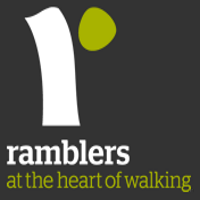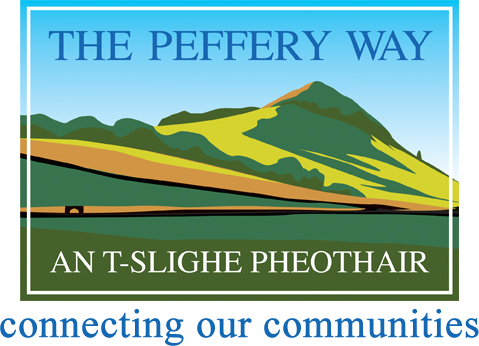 Ramblers Scotland is calling for outdoors enthusiasts’ help to get all Scottish ‘core paths’ shown on Ordnance Survey maps for the first time. Since Scottish access rights were established in 2003, local authorities have developed a 17,000km network of their most important routes, known as core paths.
Ramblers Scotland is calling for outdoors enthusiasts’ help to get all Scottish ‘core paths’ shown on Ordnance Survey maps for the first time. Since Scottish access rights were established in 2003, local authorities have developed a 17,000km network of their most important routes, known as core paths.
But so far there is no requirement to include core paths on OS maps, meaning some are not shown at all – making it harder for walkers, cyclists, horse-riders and others to plan their days out. Alongside Scottish Natural Heritage and other members of the National Access Forum, Ramblers Scotland has had encouraging discussions with Ordnance Survey, which is assessing the case for making the change.
Ramblers Scotland is calling on fans of the outdoors to let them know if they would like all core paths marked on Scottish 1:50 000 and 1:25 000 OS maps, by visiting www.ramblers.org.uk/corepaths.
Every Scottish local authority and national park authority has published its own Core Path Plans, which are available on their websites, but the attribution of core paths is yet to be added to Ordnance Survey maps.
Helen Todd, Ramblers Scotland’s campaigns & policy manager, said: “We have excellent access rights in Scotland, but fewer paths on the ground than in the rest of Great Britain; something that we know can be a barrier to people enjoying the outdoors on foot. Attributing all core paths on maps would help communities promote their local walks, reassure less confident walkers, and make it easier for tourists to access the outdoors when visiting Scotland. We believe there is a strong case that putting all core paths on maps would result in more people enjoying the health and social benefits of outdoor recreation.”
“We’re talking about a huge under-publicised network of paths. These paths are open for everyone, including walkers, cyclists, anglers, horse-riders and runners, as well as those using their kayaks or boats on our rivers and lochs. We’ve had positive discussions with Ordnance Survey and are hopeful that 2017 will be the year when every core paths is put on the map. I encourage anyone with an interest in Scotland’s outdoors to let us know via the Ramblers Scotland website today.”
Ronan McGarry, from Ordnance Survey (OS), added: “For some time we have been working with a number of stakeholders involved in the project, including local authorities, the Improvement Service, the Scottish Government, Scottish Natural Heritage and the National Access Forum. Many of the paths which make up the large route network already feature on OS mapping, they are not attributed as core paths. At OS we recognise that there could be benefits for including this information in our products and how valuable this level of detail is for helping people and communities to get outside. We are currently working with the project stakeholders on the core path data to see how it might be included in OS products. OS manages the geographic database for Great Britain and it is important that any information added to this database meets the highest standard of accuracy and quality.”
In some cases, core paths can allow walkers’ access to areas not covered by the 2003 Scottish access rights, such as farmyards, and fields with livestock and crops.
Under Scottish access law, people travelling on foot, by bike and on horseback have equal rights to use core paths, which are predominantly lowland trails and urban pathways, rather than mountain tracks.


